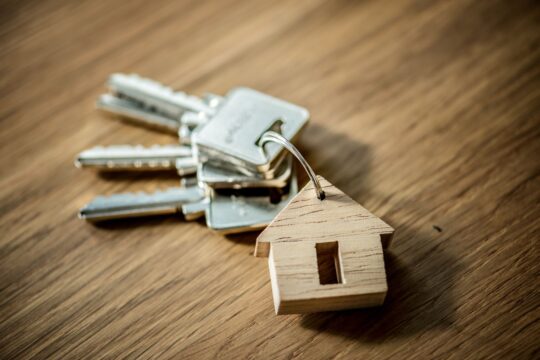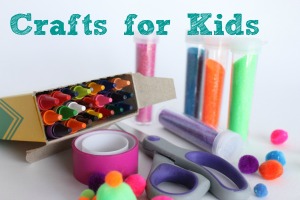Introduction: Importance of Repairing Your Home Deck
Having a deck in Austin can be one of the most enjoyable parts of living in this city. From taking in views of the Texas Hill Country to sipping on sweet tea while watching the sunset, outdoor decks provide endless opportunities for relaxation and entertainment.
However, over time, your deck may start showing signs of wear and tear, so it’s important to take action and look for affordable yet quality services for deck repair in Austin to make the necessary repairs. Doing so on a regular basis is essential for keeping it functional, attractive, and safe. Here are five key indicators that it may be time to repair your Austin deck.
5 Signs It’s Time to Repair Your Austin Deck
If you live in Austin, Texas, chances are you have a deck that’s seen better days. Unfortunately, decks require regular maintenance to stay in good condition, and it can be difficult to know when it’s time for repairs. To help you decide if your deck needs work, here are five signs that indicate it may be time to call a professional.
Splintered Woods
One of the most obvious signs of damage on a deck is splintered wood. If any portion of your deck contains visible cracks or breakage, this could indicate that it needs replacing or repairing.Exposure to extreme weather conditions such as cold temperatures, humidity, or UV rays can cause splintering in wood.
Low levels of moisture in the air can cause the fibers of the wood to shrink and pull away from each other, leading to splitting. High levels of moisture can also have an adverse effect by causing the fibers to swell and separate from one another. In either case, excessive exposure to extreme weather conditions increases the chances of splintering.
Mold and Mildew Growth
Decking can become subject to mildew growth, so if you’re noticing mold or mildew on the surface of your deck, it’s a good indication that it’s time for repairs. Homeowners should always take note if they begin to notice green, blue, or even black spots on their wooden deck boards, as these are all common signs of mold and mildew growth.
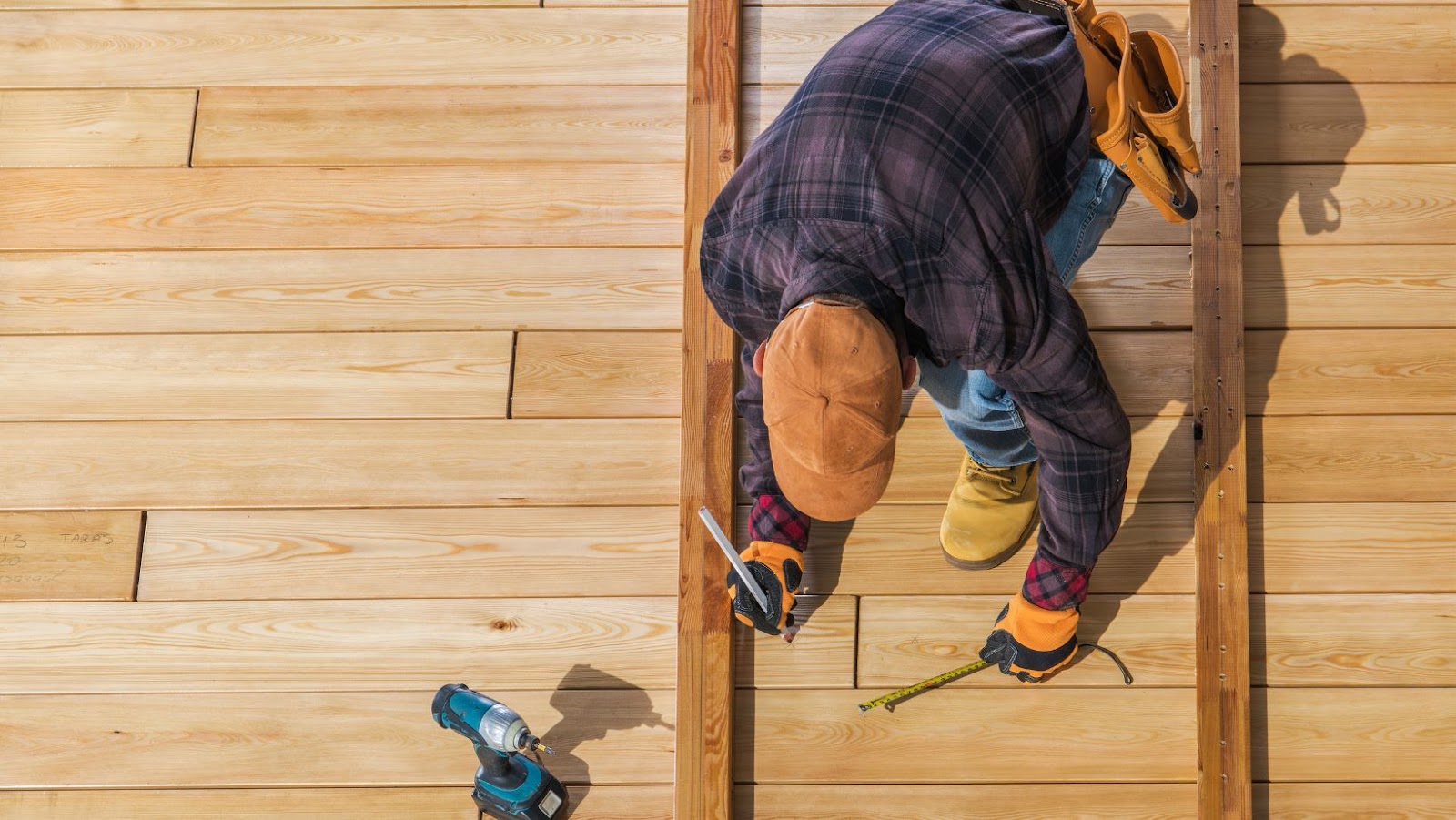
If you do find yourself facing a mold and mildew problem on your outdoor deck, there are steps you can take to prevent further damage. First off, be sure to clean any affected areas with a mixture of warm water; this will get rid of the majority of the mold spores and also prevent them from spreading further throughout your decking system.
Warped or Split Boards
Warped or split boards are an indication of underlying structural damage that could compromise the safety of your outdoor space if not addressed. When checking for warped or split boards on your deck, pay special attention to areas around railing posts and other entry points where moisture may be more likely to settle and cause damage. If you do find signs of warping or splitting in your deck’s boards, don’t put off repairing them any longer than necessary.
Loose Railings or Posts
Loose railings or posts can be an indication of structural damage, which could lead to catastrophic failure of the deck if left unchecked. Loose railings or posts could be caused by rot or corrosion due to moisture buildup, making them less secure than usual.
This can potentially cause safety issues as well as lead to additional problems like sagging decks, stairs, and other areas of the structure. If they start wiggling in their sockets, they need to be tightened up right away with a wrench or hammer. For decks with wooden rails, use screws instead of nails when possible, as they will provide better security.
Discoloration of Woods
One sign that your deck needs repair is the discoloration of the wood. Discolored wood on your deck could be caused by many issues, including water damage and sun exposure. It’s important to take action right away if you spot any discoloration, as this could indicate larger structural problems with the deck.

The best way to combat discoloration is by removing any pieces of wood that are visibly rotting or cracked and replacing them with new lumber. You should also apply a protective sealant or paint to all surfaces exposed to moisture in order to protect against further damage from the elements.
What Do You Need to Consider
Nothing is quite as inviting on a sunny day as the deck of your home—it’s part of creating an outdoor living space that you can enjoy with everyone else. But if you’re considering repairing your deck, there are several factors to consider that go beyond just replacing warped boards or re-staining the wood.
First and foremost, if you’re considering making repairs to your deck, make sure it’s safe. Inspect all the above-mentioned signs for any potential safety hazards. It may be best to call in a professional inspector before starting any repairs so that any underlying problems can be addressed right away.
And if the damage on your deck is already visible to the eye, it’s advisable to work with professional deck repair contractors, as they have all the proper safety equipment to prevent disasters.
Invest in Deck Repair for Safety and Longevity
It is clear that investing in regular deck repair is important for a number of reasons. Firstly, it ensures the safety of anyone who uses the deck and prevents hazardous accidents from occurring due to structural issues. It also contributes to its longevity and keeps it looking as good as new for a longer period of time.
Regularly inspecting your deck can reveal potential problem areas. This means that these problems can be fixed before they become larger, more costly issues down the line. Deck maintenance also includes cleaning and sealing the wood with a protective coating, which will help keep out moisture and reduce fading, warping, and cracking caused by exposure to weather elements. This extra layer of protection will extend its lifespan significantly.
With the right care and maintenance, your deck can bring many years of enjoyment without sacrificing safety or beauty.



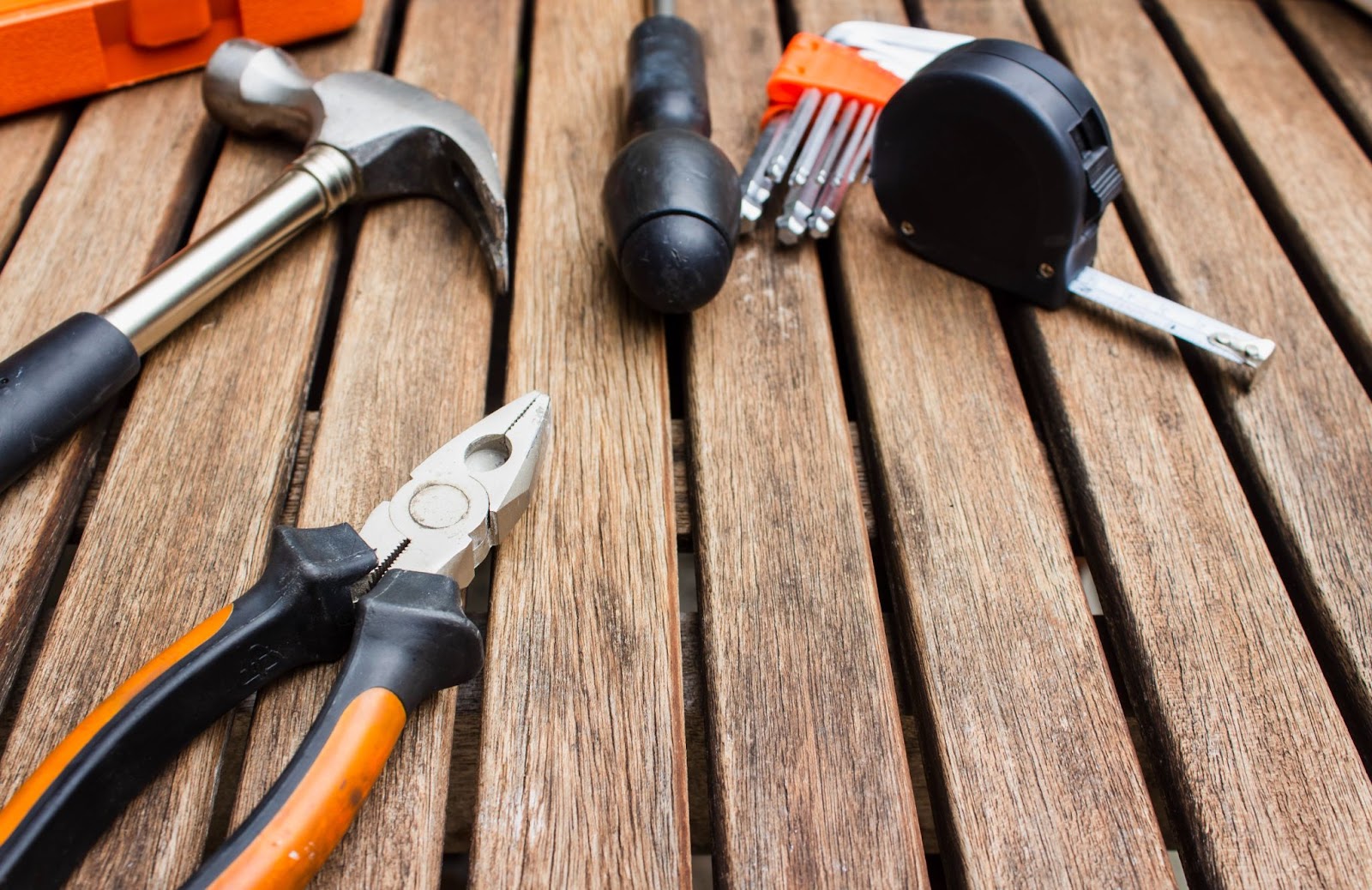





 Whether you’re an avid chef or most of your meals consist of takeout from one of the many local establishments nearby, you likely have at least one or two pieces of kitchenware that have seen better days. Maybe it’s a cast iron skillet full of rust from lack of use, or perhaps it’s a baking dish that’s seen one too many burnt casseroles.
Whether you’re an avid chef or most of your meals consist of takeout from one of the many local establishments nearby, you likely have at least one or two pieces of kitchenware that have seen better days. Maybe it’s a cast iron skillet full of rust from lack of use, or perhaps it’s a baking dish that’s seen one too many burnt casseroles.


 The stress of traveling with a newborn, especially for new parents, may make you want to avoid doing so unless it’s indispensable. Preparing a baby kit, traveling with a spouse or other adult companion, and selecting the appropriate seating is essential. It’s also necessary to ensure the baby gets fed on schedule and has something to do to pass the time. Here are a few tips for keeping your child safe on your
The stress of traveling with a newborn, especially for new parents, may make you want to avoid doing so unless it’s indispensable. Preparing a baby kit, traveling with a spouse or other adult companion, and selecting the appropriate seating is essential. It’s also necessary to ensure the baby gets fed on schedule and has something to do to pass the time. Here are a few tips for keeping your child safe on your 


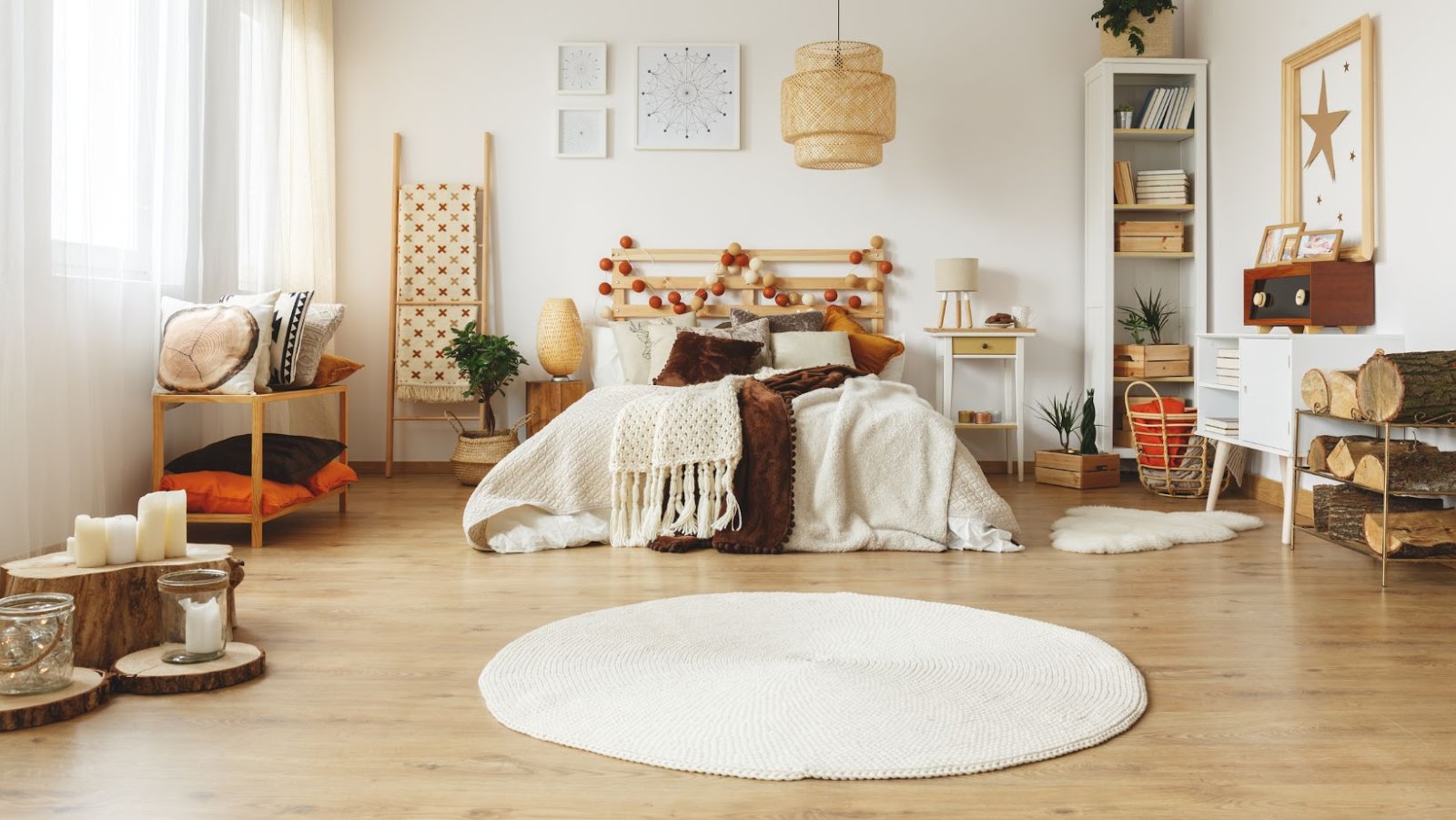 When it comes to finding the right rug for your home, there are a few things you need to keep in mind. First, think about the size of the rug – whether it will cover all the flooring in your room or only part of it. Second, consider the function of the rug – is it for decoration or utilitarian use? Third, think about whether you want a rug that is traditional or modern looking. And finally, take into account your budget – rugs can be expensive, but if you’re willing to invest a little bit of time into finding the perfect one, you’ll be glad you did!
When it comes to finding the right rug for your home, there are a few things you need to keep in mind. First, think about the size of the rug – whether it will cover all the flooring in your room or only part of it. Second, consider the function of the rug – is it for decoration or utilitarian use? Third, think about whether you want a rug that is traditional or modern looking. And finally, take into account your budget – rugs can be expensive, but if you’re willing to invest a little bit of time into finding the perfect one, you’ll be glad you did!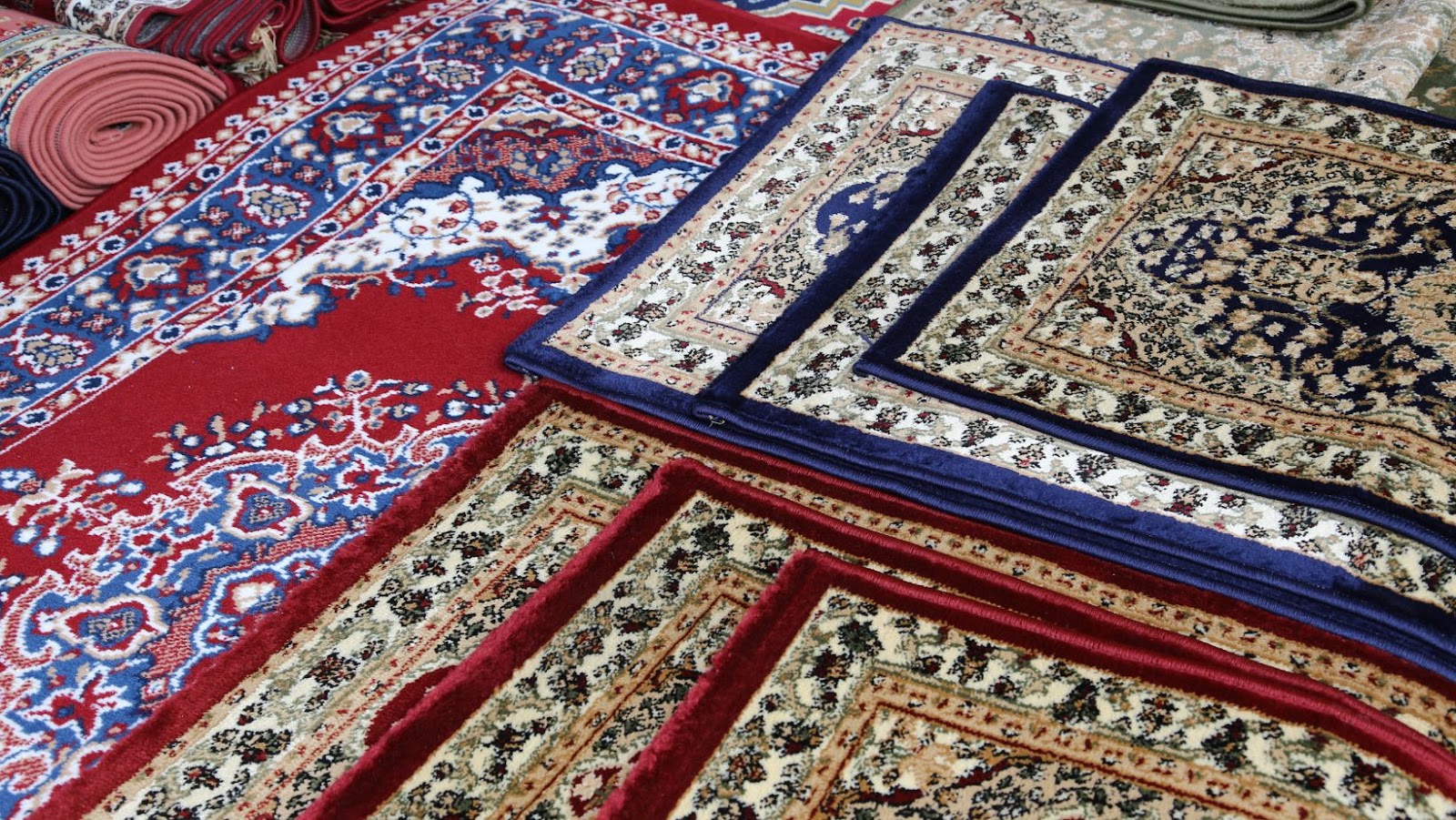


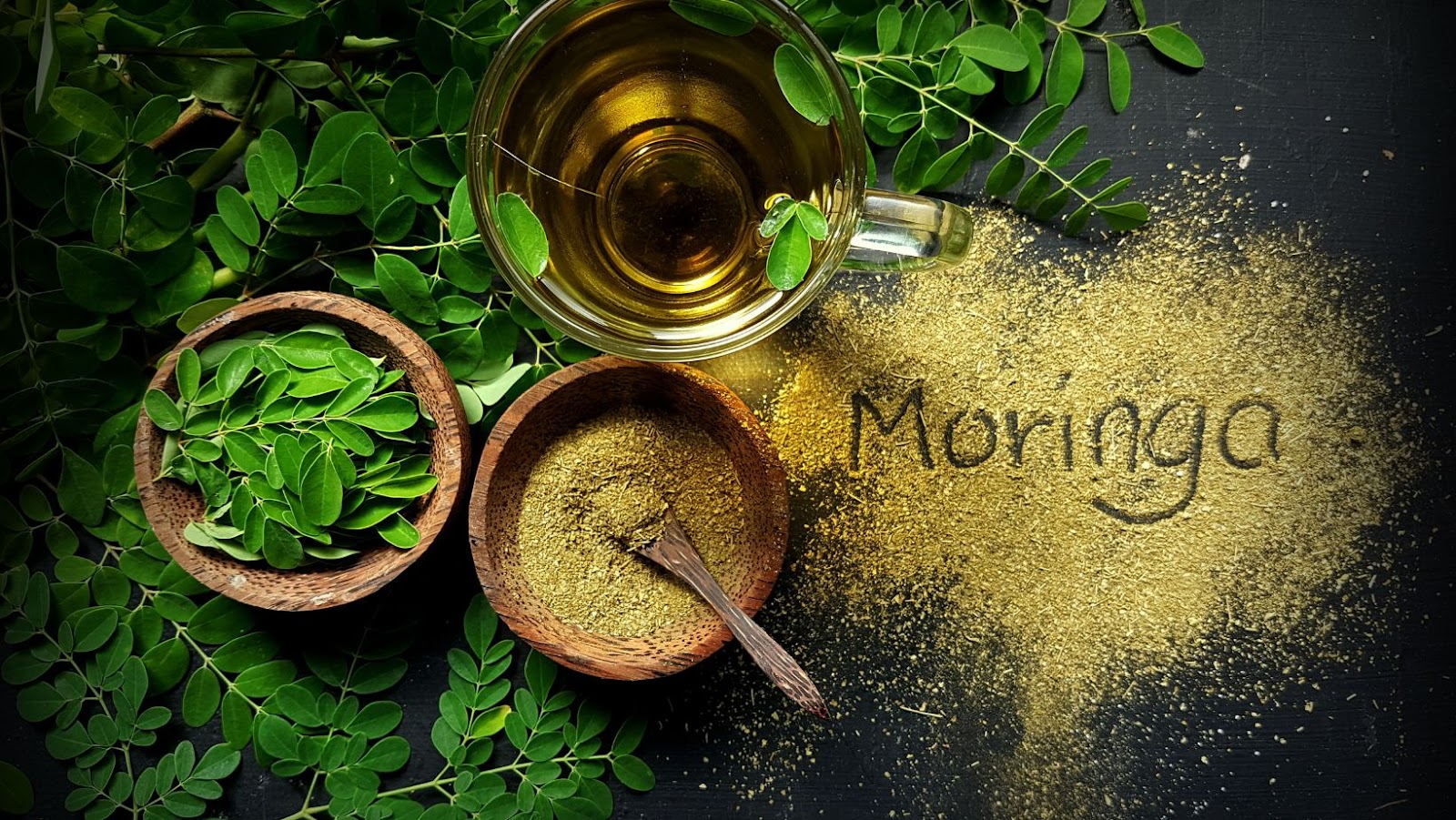
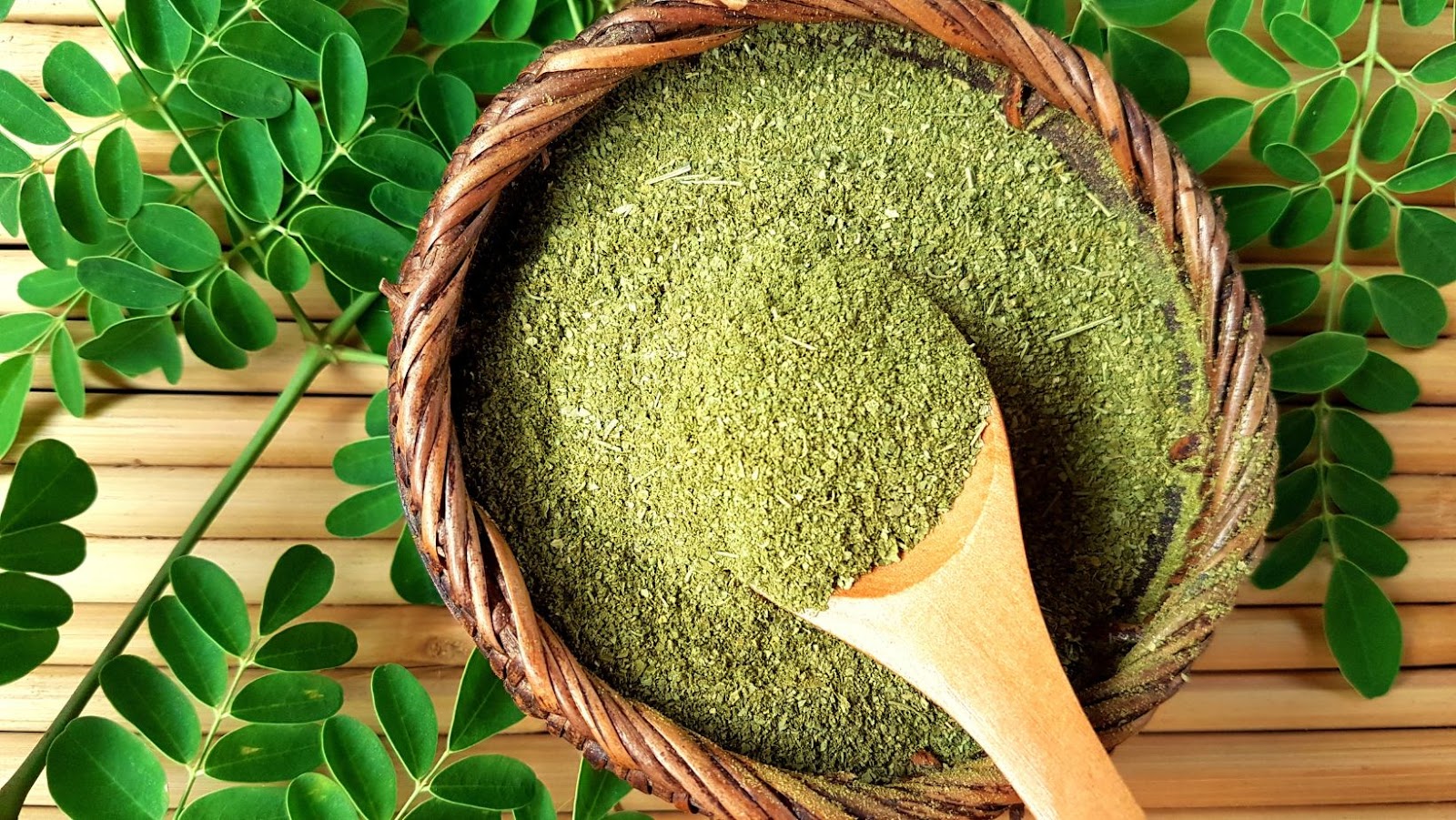


 Peptides are a type of protein that is not as large as other proteins. Unlike other proteins, peptides are not linear. This means that they have a folded structure instead of a linear structure. Peptides for muscle growth
Peptides are a type of protein that is not as large as other proteins. Unlike other proteins, peptides are not linear. This means that they have a folded structure instead of a linear structure. Peptides for muscle growth

